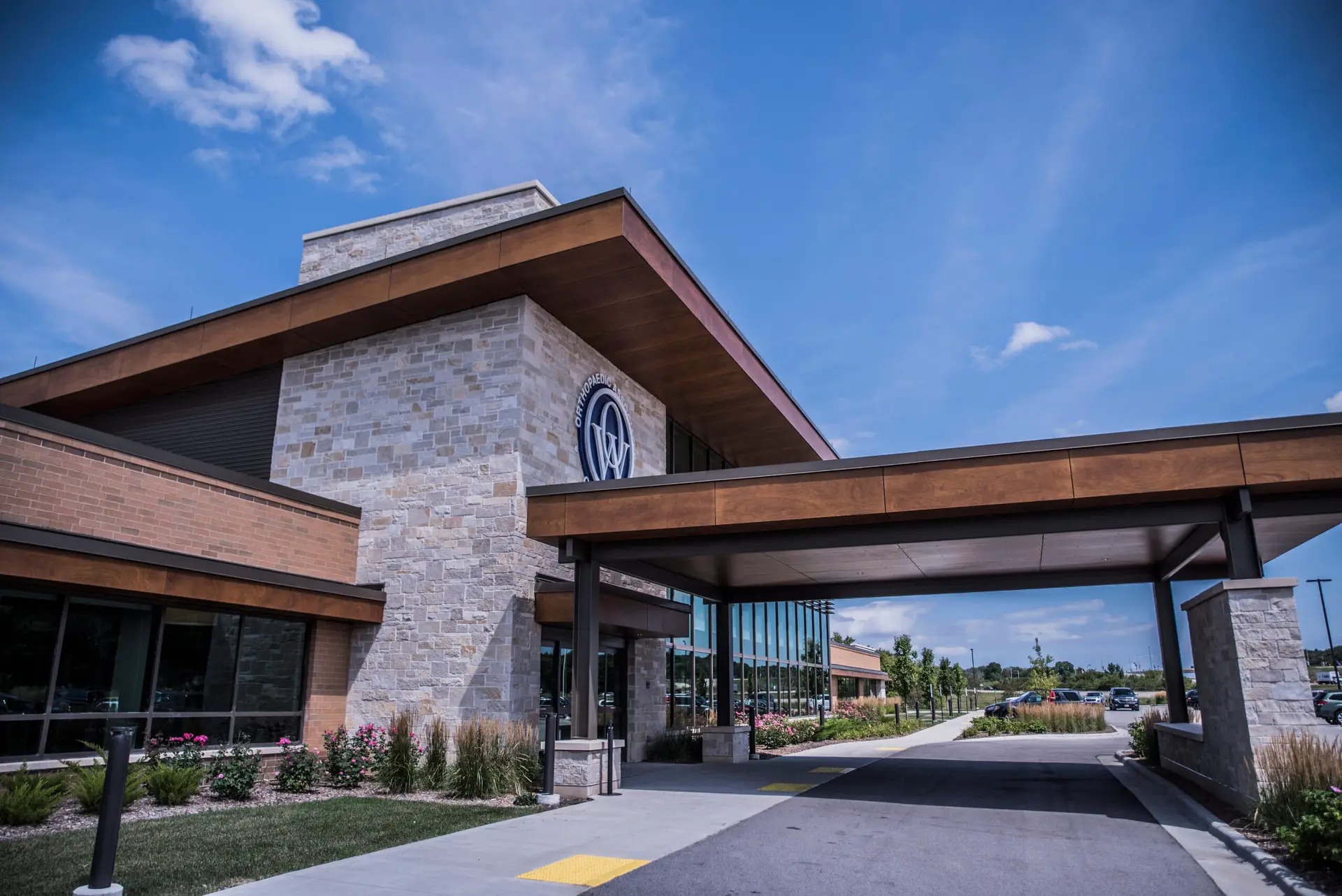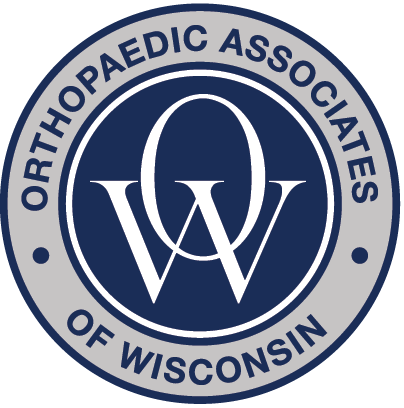Tendonitis Treatment to Relieve Pain & Restore Function
Expert care for inflammation, overuse injuries, and tendon-related pain—helping you heal and move with confidence.
What Is Tendonitis?
Tendonitis is the inflammation or irritation of a tendon—the thick cord that connects muscle to bone. It commonly affects the shoulder, elbow, wrist, knee, and ankle, and is often caused by repetitive motion or overuse during work, sports, or daily activities.
Symptoms of Tendonitis:
Pain near a joint or tendon
Swelling or tenderness
Stiffness and reduced range of motion
Pain that worsens with movement or activity
Common Types of Tendonitis:
Rotator cuff tendonitis (shoulder)
Tennis elbow (lateral epicondylitis)
Golfer’s elbow (medial epicondylitis)
Patellar tendonitis (jumper’s knee)
Achilles tendonitis (back of the ankle)
De Quervain’s tenosynovitis (thumb/wrist)
Causes & Risk Factors:
Tendonitis often results from repetitive stress, poor biomechanics, aging, or sudden increases in activity. Occupations or sports involving frequent motion—such as typing, throwing, running, or lifting—can raise the risk.
How Is Tendonitis Treated?
At Orthopaedic Associates of Wisconsin, we take a personalized approach to tendonitis treatment, which may include:
Rest and activity modification
Physical therapy and stretching
Anti-inflammatory medications
- Tenex® procedure offers a minimally invasive solution
Surgery (for chronic or severe cases)
Early intervention is key to avoiding long-term tendon damage or rupture.
OUR SPORTS MEDICINE SPECIALISTS
Ljiljana Bogunovic, MD
Specialties:
Hip, Knee, Shoulder, Sports Medicine
Jon M. Englund, MD
Specialties:
Sports Medicine, Knee, Hip, Shoulder, Spine, Foot & Ankle, Elbow, Hand & Wrist
Steven J. Merkow, MD
Specialties:
Hip, Knee, Shoulder & Sports Medicine, Joint Replacement (Hip & Knee)
Rick F. Papandrea, MD
Specialties:
Shoulder, Elbow, & Sports Medicine, Joint Replacement (Shoulder & Elbow)
Thomas B. Viehe, MD
Specialties:
Knee, Shoulder, Sports Medicine, Foot & Ankle
Hongsheng Zhu, MD, Ph.D
Specialties:
Foot, Ankle, Knee & Sports Medicine, Joint Replacement (Knee & Ankle)
Ready to Take the Next Step Toward Relief?
If you’re experiencing persistent tendon pain or inflammation, our orthopedic specialists are here to help. With advanced diagnostics and customized treatment plans, we’ll get you back to moving comfortably. Schedule your appointment today and take the first step toward recovery.









